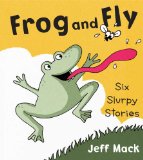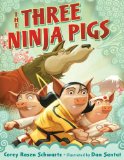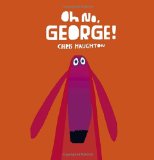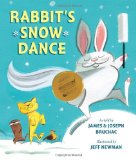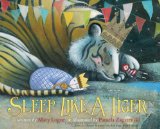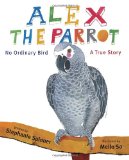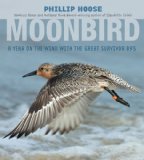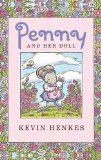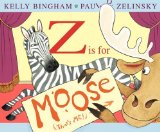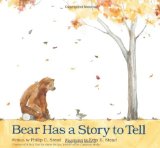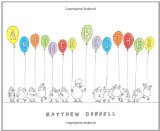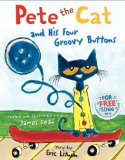Review of The Town Mouse and the Country Mouse, retold and illustrated by Helen Ward
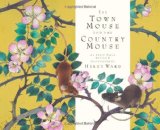 The Town Mouse and the Country Mouse
The Town Mouse and the Country Mouse
An Aesop Fable retold and illustrated by Helen Ward
Templar Books (Candlewick Press), 2012. Illustrations copyright 2011. 44 pages.
Starred Review
Here’s the familiar Aesop Fable, told with lavishly beautiful illustrations. There are also few enough words on each beautiful spread to make this a hit for storytime. (Why is it that sometimes the more beautiful the illustrations, the more words on a page? Not a problem here.)
I like the way Helen Ward contrasts the City Mouse’s words with pictures of the country. For example, the first page where the City Mouse is telling the Country Mouse about his home has these words:
“In the city, we don’t have mud,” he said.
“And we don’t have dangerous wild animals.”
The picture on that spread is of a baby fawn curled up asleep in the grass.
The next page says,
“In the city, we dine on rich, exotic foods in sumptuous surroundings.”
The picture that goes with those words is of the two mice in a beautiful orchard eating wild berries.
Helen Ward has the mice come to the city along with a Christmas tree and the feast is a Christmas celebration, so you can use this for Christmas, but there’s nothing about it in the text, so you can also use it any time of year.
The moral is not spelled out, but I think it will be easy even for the youngest listeners to understand and talk about.
This book is a feast for the eyes, along with a story that never grows old.
Find this review on Sonderbooks at: www.sonderbooks.com/Picture_Books/town_mouse_and_country_mouse.html
Disclosure: I am an Amazon Affiliate, and will earn a small percentage if you order a book on Amazon after clicking through from my site.
Source: This review is based on a library book from the Fairfax County Public Library.
Disclaimer: I am a professional librarian, but I write the posts for my website and blogs entirely on my own time. The views expressed are solely my own, and in no way represent the official views of my employer or of any committee or group of which I am part.
